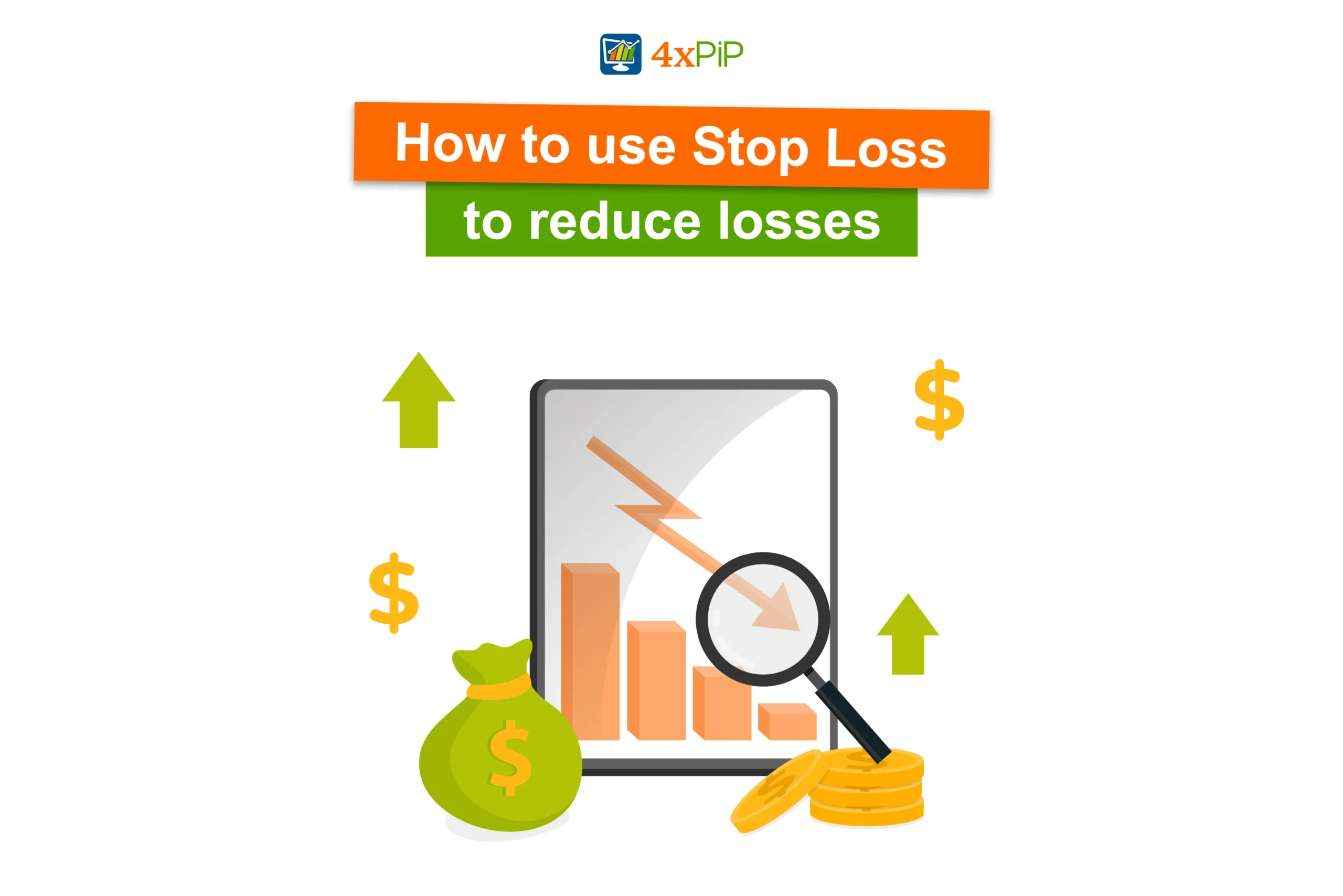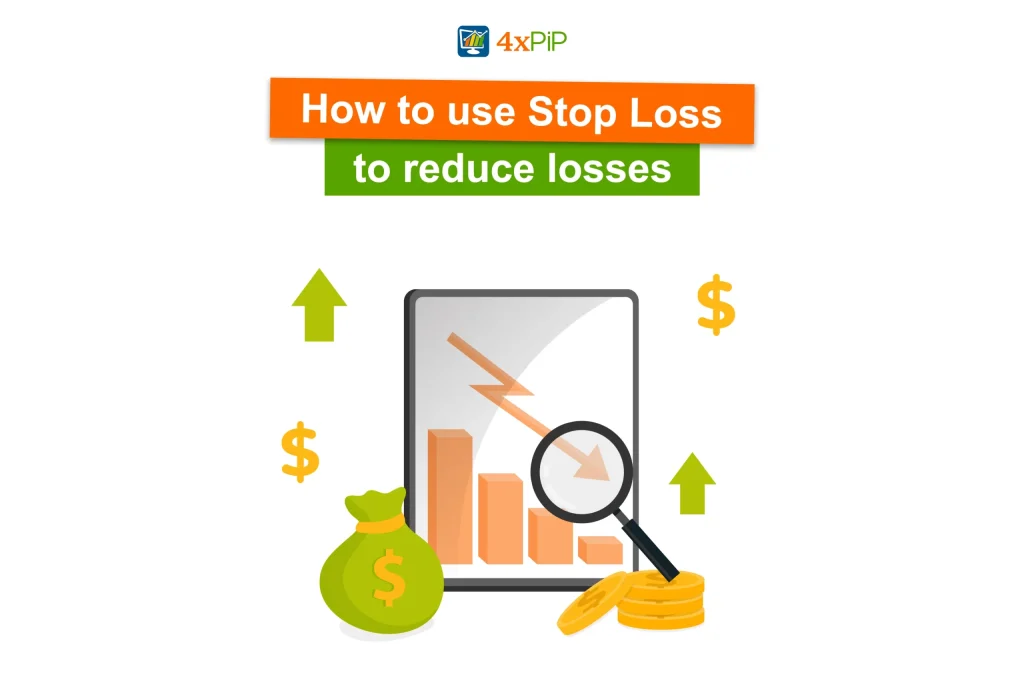What is an ideal Stoploss value?
Setting an ideal Stoploss is very crucial for all traders because setting too small a stop loss, can get your trades early on and you might miss the high profits after the reversal. Likewise, setting a large stop loss value can result in major losses as well. The stoploss must be set at an optimum value so that the market always touches the take profit, not stoploss. In this article, the 4xPip defines how to set a good stoploss value that can be beneficial for traders.
What is a Stop Loss Order in the Stock Market? How Does It Work?
A stop loss in a forex trade is an order that a trader places with their broker to limit potential losses on a specific trade. Traders use this risk management tool to automatically close a trade if the market moves against them beyond a certain predetermined level. The primary purpose of a stop loss is to protect the trader’s capital by preventing substantial losses in case the trade doesn’t go as anticipated.
When a trader enters a forex trade, they set a stop loss level, which the broker automatically closes the trade at if the market moves in the opposite direction and reaches this stop loss level. This action limits the trader’s loss to the predetermined amount.
Why Should You Use Stop-Loss?
Stop loss orders are essential because they allow traders to define their risk tolerance for each trade and avoid emotional decision-making. Without a stop loss, a trade could potentially accumulate large losses if the market moves dramatically against the trader. By using stop losses effectively, traders can manage their risk and protect their trading capital over the long term.
“It’s important to note that while stop loss orders provide risk management benefits, they are not foolproof. Additionally, in certain market conditions, such as during periods of high volatility or market gaps, the specified level for a stop loss order execution might experience a difference from the actual price, and this is referred to as ‘slippage.’ Furthermore, traders should also be cautious not to set their stop loss levels too close to the entry price, as this could lead to premature trade closures due to minor market fluctuations.”
If you are confused about setting the stop-loss no worries, 4xPip provides various stoploss management EAs that can help you adjust the optimum stoploss according to your needs and stay ahead of the market. Here is the link of 4xPip MT4 products.
Where can we have stop loss placed?
The placement of a stop loss in a forex trade depends on various factors, including the trader’s trading strategy, risk tolerance, market conditions, and the specific currency pair being traded.
Here are some common approaches to placing stop loss orders:
Support and Resistance Levels: Traders often place stop losses just beyond key support and resistance levels. If a trader is going long (buying), the stop loss might be placed below a support level. If going short (selling), the stop loss could be placed above a resistance level. This helps protect the trade in case the market breaks through these important price levels.
Volatility-Based Stops: Some traders use measures of volatility to determine their stop loss placement. They might use Average True Range (ATR) or other volatility indicators to set stop loss levels at a distance that accounts for the typical price movements of the currency pair.
Chart Patterns: Traders can also place stop loss levels outside of chart patterns, such as triangles, flags, or channels, to prevent normal price fluctuations within the pattern from prematurely stopping out the trade.
Moving Averages: Traders sometimes use moving averages as a reference point for stop loss placement. They might place stop loss just below a moving average in an uptrend or just above it in a downtrend.
Percentage of Account Equity: Some traders base their stop loss placement on a percentage of their trading account’s equity. For example, they might decide to risk 2% of account equity on any given trade and adjust stop loss accordingly.
What is Trailing Stop loss?
It is a way to initially set a normal stoploss but later on trail the stoploss along with the price. The stoploss has no fixed value, It keeps trailing along with the price in the direction of market. There is even no need to set a fixed takeprofit in the presence of a trailing stoploss. The trailing stoploss closes the trades at the market reversal. So Whenever the market is going to reverse, that’s the stoploss. It’s a very powerful dynamic stoploss that exits the trades gaining the highest available profits.
Trailing stoploss is a quick and tricky strategy that should only be performed via auto-trading not manual trading. Because the auto-trading Expert Advisors modifies the stoploss quickly. 4xPip provides best trailing stoploss EA, check it out now for your success in setting stoploss https://4xpip.com/product/mt4-trailing-stop-ea/
DOWNLOAD NOW
What is Equity?
Equity, also known as shareholders’ equity, represents funds available to shareholders after settling all debts in event of liquidation/acquisition. Moreover, it can also reflect a company’s book value and ownership shares. Additionally, analysts use it to assess financial health, and it prominently appears on the balance sheet.
How Equity is Calculated?
Shareholders’ Equity=Total Assets−Total Liabilities
To get this information from the balance sheet, do the following:
Look for the total assets. Calculate shareholder equity by subtracting total liabilities from total assets. Keep in mind that total assets are the same as the total of liabilities and total equity. 4xPip has programmed a product that contains Risk % Lotsize according to trader’s equity. Check it out now Risk % lotsize.
Higher Timeframe Analysis: Traders often consider higher timeframe charts to identify major support and resistance levels, and they place their stop losses accordingly. This approach takes into account broader market trends and levels.
It’s important to remember that there is no one-size-fits-all approach to stop loss placement. To begin with, traders should consider a combination of technical analysis, risk management principles, and their own trading preferences when determining where to place their stop loss orders. Furthermore, it is crucial to emphasize that, by testing different stop loss placement strategies and meticulously monitoring their effectiveness over time, traders can significantly aid in refining their approach.












